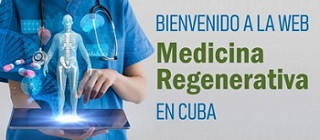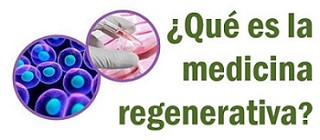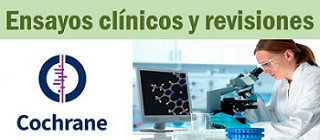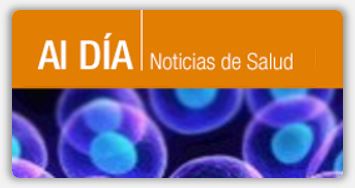K Malliaras1, M Kreke2 and E Marbán1
1. 1Cedars-Sinai Heart Institute, Los Angeles, California, USA
2. 2Capricor Inc., Los Angeles, California, USA
Correspondence: E Marbán, (Eduardo.Marban@csmc.edu)
Received 27 June 2011; Accepted 29 June 2011; Published online 7 September 2011.
Stem cell therapy has emerged as a potential therapeutic strategy for myocardial infarction (MI). Multiple cell types used to regenerate the injured heart have been tested in clinical trials. The results of studies of skeletal myoblasts (SKMs) have been resoundingly negative, and the bone marrow–derived-cell experience leaves much to be desired. A number of lessons arise from the large-scale bone marrow–derived-cell trials: (i) efficacy has been inconsistent and, overall, modest; however, unexpectedly meaningful benefits on clinical end points have been reported; (ii) cardiac engraftment of cells is disappointingly low, and delivery methods need to be optimized and combined with strategies to boost retention; (iii) the cardiomyogenic potential of bone marrow cells is low; however, functional benefit can be achieved through indirect pathways; and (iv) autologous cell therapy has severe limitations; highly standardized allogeneic cell products are attractive. Given the spotty trajectory of cell therapy to date, a more systematic approach to product development and preclinical optimization will facilitate more effective clinical translation.
Articulo completo a través del HINARI en Clinical Pharmacology and Therapheutics



